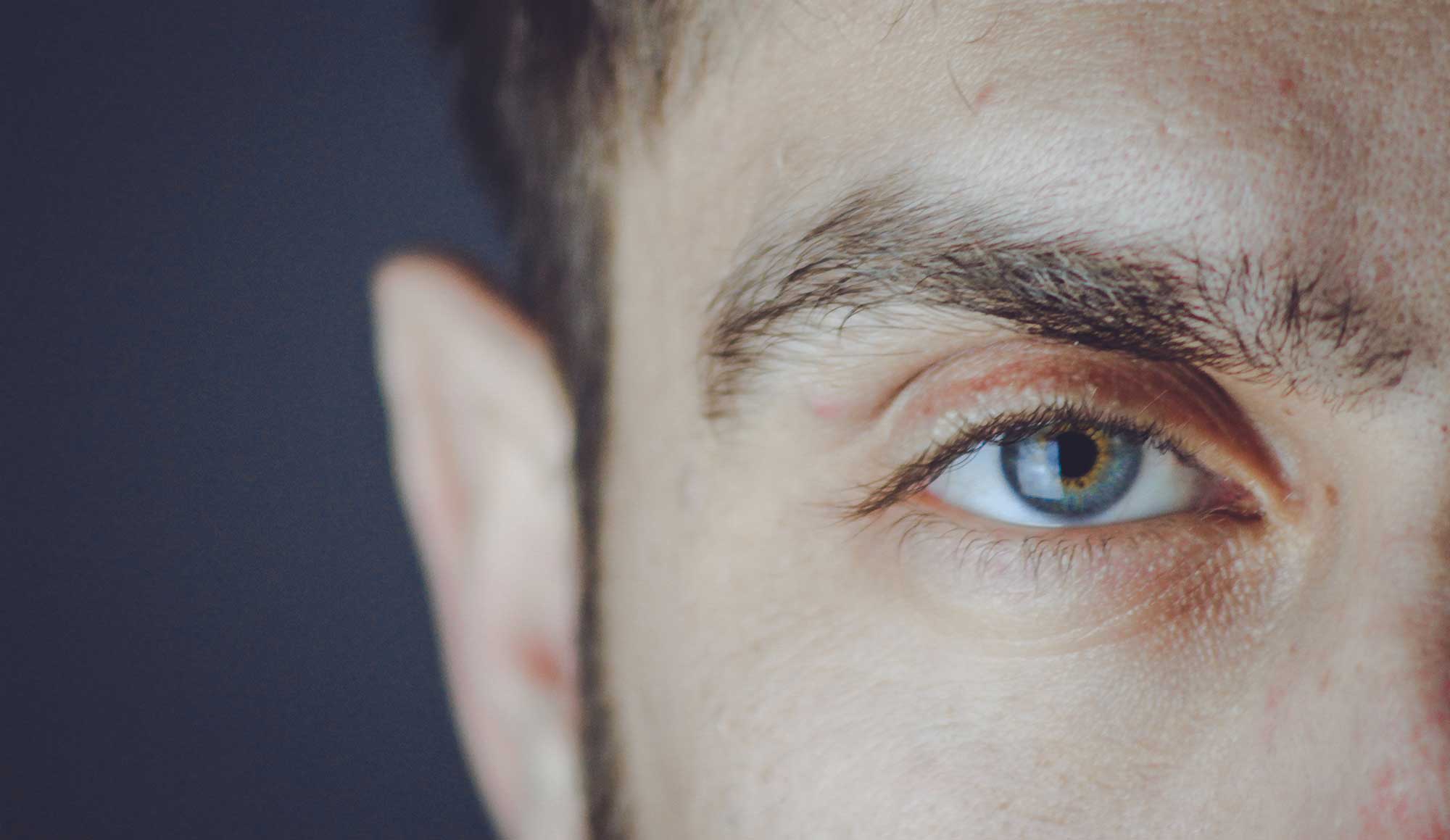Sarcoidosis and Your Eyes: Causes, Symptoms, Diagnosis, Treatment
Sarcoidosis is an inflammatory disease that causes granular clumps to form in the body. These small masses of inflamed tissue primarily affect the lungs, but can be found throughout the organs of the body, including the eyes. When sarcoidosis affects the eyes, the condition is called ocular sarcoidosis. About half of all people with sarcoidosis will experience eye problems related to the disease.
Ocular Sarcoidosis Causes
It’s not yet known what causes sarcoidosis. In the eye, it can affect any part and may cause any number of problems, including issues such as uveitis, episcleritis or scleritis, conjunctival granuloma, eyelid irregularities, etc. Women are more commonly diagnosed with sarcoidosis, as are people of African-American descent. Higher incidences of sarcoidosis also occur among families with a history of the disease. Symptoms tend to manifest in people between age 20 to 40 years old.
Ocular Sarcoidosis Symptoms
There are some people afflicted with sarcoidosis that are symptom-free. However, granulomas can start to build up in and around the eye causing inflammation and damage. Sarcoidosis symptoms in the eye can include:
- Dry eyes
- Itchy, burning eyes
- Redness and inflammation
- Blurred vision
- Segmented vision
- Eye pain
- Eye pressure sensation
- Eye discharge
Ocular Sarcoidosis Diagnosis
Sarcoidosis is often difficult to diagnose because symptoms can manifest similar to those of other diseases. It can require multiple tests to eliminate other conditions as the cause of symptoms. Diagnosis usually involves an eye examination, since the eyes can present characteristic clues that indicate the presence of ocular sarcoidosis, such as cell clumps on the eye, opaque patches in the vitreous gel, and nodules on the iris and conjunctiva.
Eyes are often one of the first places that the disease is detected in the body. If your eye doctor suspects your eye exam indicates further complications related to your overall health, they will refer you to a general physician for additional testing.
A general physician will give you a physical examination to check for skin rash or bumps, swollen lymph nodes, and enlarged liver or spleen. They will also listen to your heart and lungs. Other diagnostic tests may be needed, such as a chest X-ray, and CT scan to check for granulomas and enlarged lymph nodes. A lung function test and biopsy may be needed as well.
Ocular Sarcoidosis Treatment
If ocular sarcoidosis is diagnosed, a qualified eyecare practitioner will treat and monitor your eyes. Although there is no cure for sarcoidosis, treatments can help you to manage the condition. Sometimes symptoms can improve without medical intervention, but when help is needed, your eye doctor can prescribe medicine. Medications may include corticosteroids, and immune-suppressing drugs can aid your body to lower the inflammation and ease symptoms. They may also prescribe topical cycloplegics to reduce muscle spasms.
Talk to Your Doctor
If you’ve been diagnosed with sarcoidosis by your general physician, be sure to visit with your eye doctor for examination and monitoring of your eye health. Conversely, if your eye doctor makes a diagnosis of ocular sarcoidosis, schedule a time to visit with your general physician to evaluate the extent of the condition in your body.






